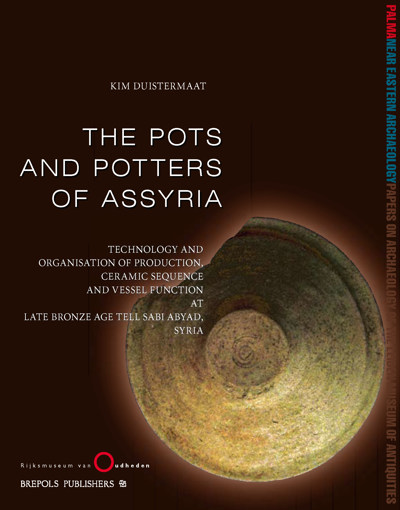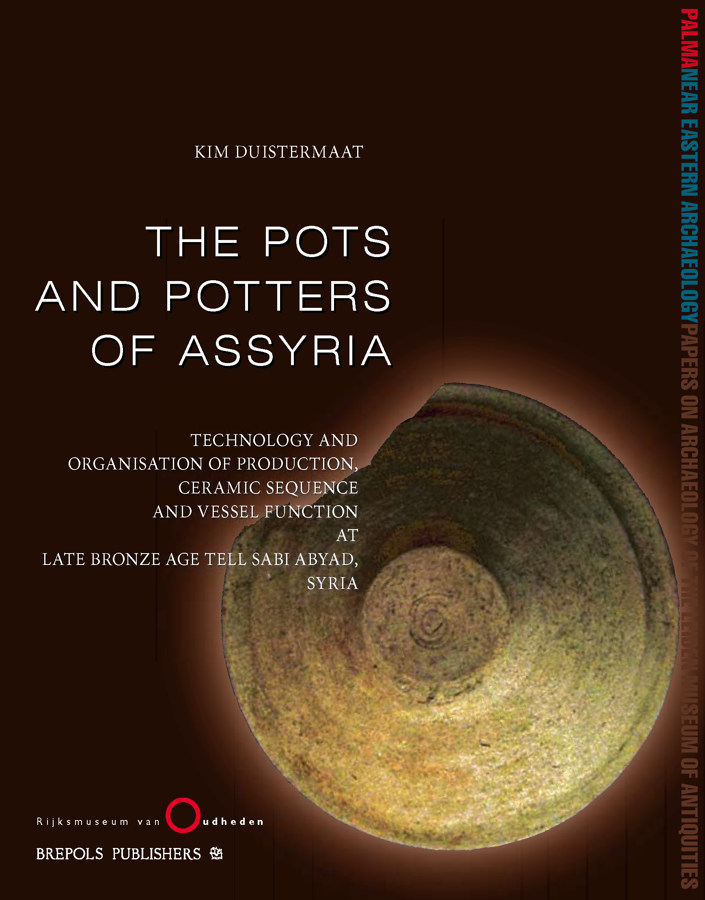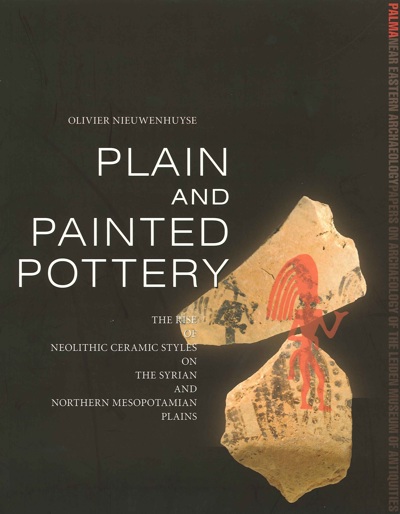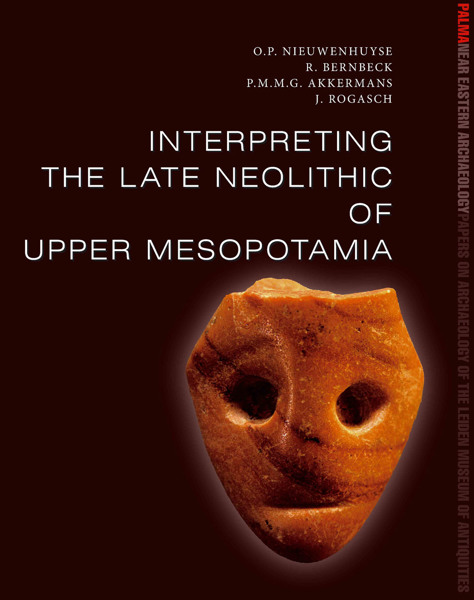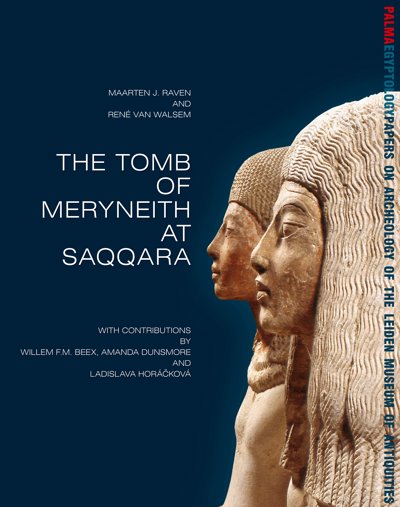
The Pots and Potters of Assyria
Technology and organisation of production, ceramic sequence and vessel function at Late Bronze Age Tell sabi Abyad, Syria
Kim Duistermaat
- Pages: 608 p.
- Size:220 x 280 mm
- Illustrations:80 col.
- Language(s):English
- Publication Year:2008
- € 115,00 EXCL. VAT RETAIL PRICE
- ISBN: 978-2-503-52652-2
- Paperback
- Available
"Questa monografia rappresenta un’opera di grande importanza nell’ approccio allo studio del materiale ceramico. Esprime forse un unicum nella trattazione della ceramica." (Silvia Perini, in Histara les comptes rendus, 2009-11-23)
"Overall, Kim Duistermaat’s The Pots and Potters of Assyria: Technology and Organisation of Production, Ceramic Sequence and Vessel Function at Late Bronze Age Tell Sabi Abyad, Syria is an extraordinary volume that goes well beyond traditional approaches to ceramic analysis. This book is thus not only an important resource for specialists focusing on the Late Bronze Age in the Near East, but its clear articulation of various methodologies and analytical techniques makes it equally important for students and scholars specializing in other regions and periods." (Bradley J. Parker, in Bulletin of the American Schools of Oriental Research, 2011, Issue 364)
"The care with which she has presented her methodology, data, and analyses renders this study an exemplary ceramic publication." (L. Pace, in: Journal of the American Oriental Society, 131.2 (2011), p. 303-305)
This is the first monograph that deals with the Middle Assyrian remains at Tell Sabi Abyad, northern Syria. It offers a detailed description of the ceramics excavated between 1991 and 1998 in the project of Leiden National Museum of Antiquities. The study integrates technological, morphological, stylistic, and archaeological data to come to an understanding of pottery production and use. The book contains seven lavishly illustrated chapters and six appendices presenting the raw data on typology, pottery kilns, archaeometric analyses and functional analyses.
The large-scale excavation and the excellent preservation of pottery workshops, tools and kilns as well as the meticulous study of technology and standardization provide a unique insight into the organization of pottery production. The chapter on function and use combines information on performance characteristics, shape and capacity, traces of use, depictions of vessels in iconography and information from texts, in an attempt to reconstruct how vessels were used. In a contribution by Dr. Frans Wiggermann two cuneiform texts from Sabi Abyad dealing with pottery have been published, and a first step has been taken to connect the ceramic repertoire with Middle Assyrian vocabulary.
This study will be interesting to Near Eastern archaeologists, ceramicists and Assyriologists as well as to students of craft production in archaeology or ethno-archaeology.
Dr. Kim Duistermaat is director of the Netherlands-Flemish Institute in Cairo. She has participated in archaeological research projects in the Netherlands, Egypt and Syria, where she directed the Netherlands Institute for Academic Studies in Damascus between 1997 and 2005.
